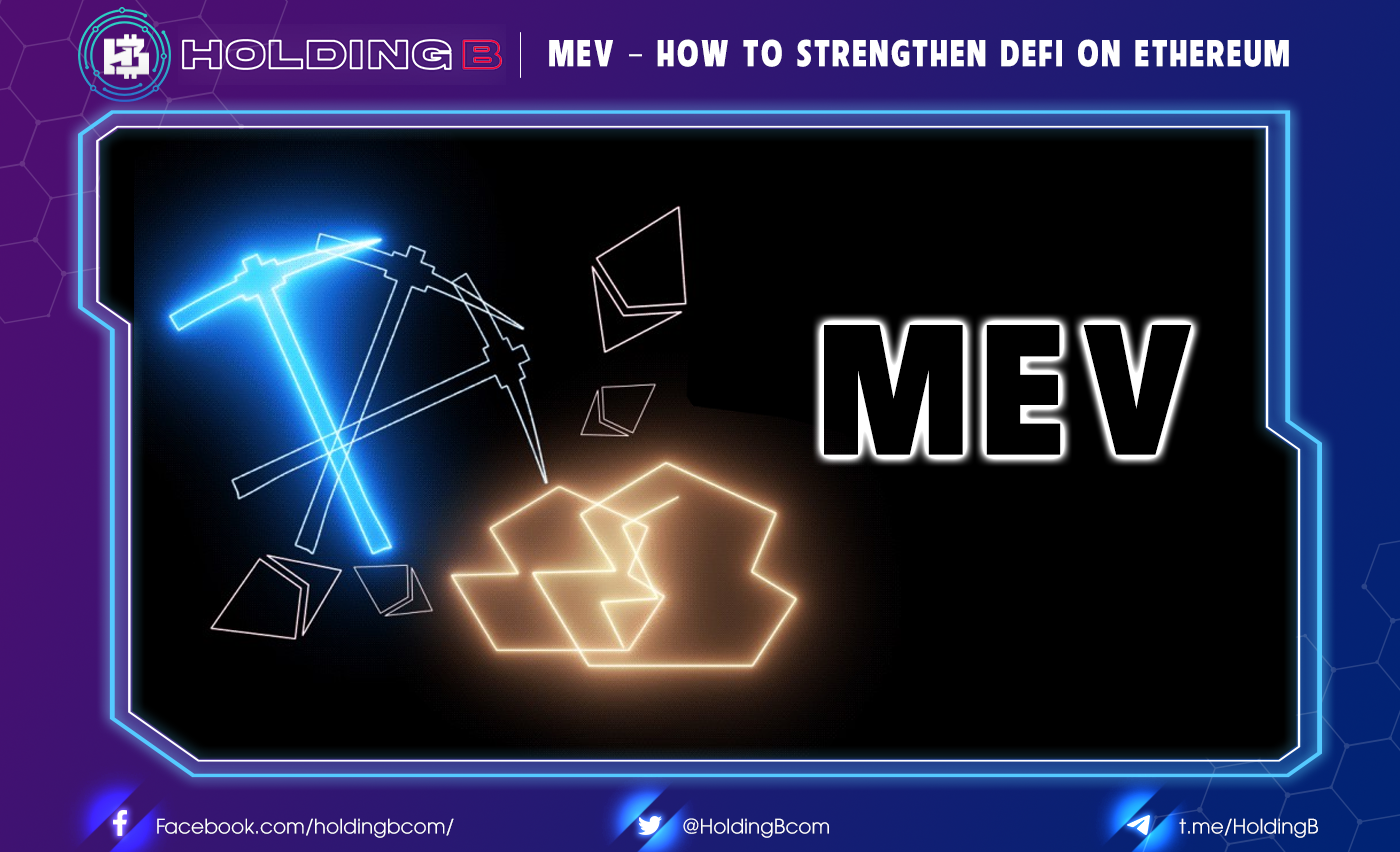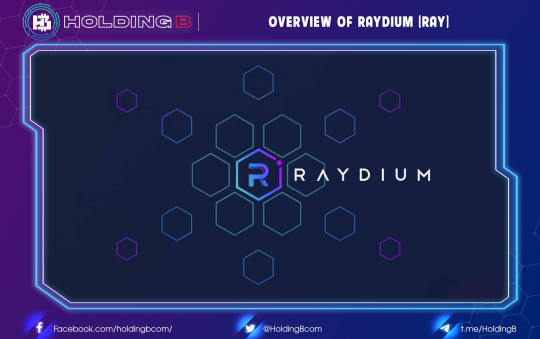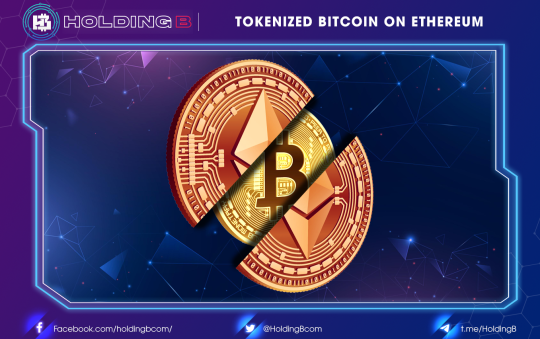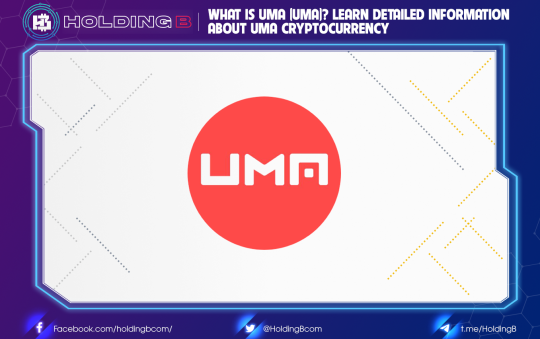“Just-In-Time” (JIT) Liquidity is becoming an increasingly popular MEV strategy with several upsides for DeFi.
What is MEV?
Most of the big blockchains behind the scenes have super-coders and bots they build that are using the transparency of blockchains and the transaction fee market to their advantage. By viewing a database of all pending and unconfirmed transactions known as a mempool, bots can pay higher transaction fees to execute their trades on a profitable order. , usually at the expense of DeFi users.
According to the Ethereum Foundation, Maximal Extractable Value (MEV) is a generic term that refers to “the maximum value that can be extracted from block production more than the standard block reward and gas fees by inclusion, exclusion and change the order of transactions in a block. More specifically, Arbitrage, Liquidations, Front-running, and Sandwich attacks are all forms of MEV in their current state.
MEVs are not inherently bad and exist in any market-driven transaction fees with open access to the mempool. Decentralized exchanges and lending protocols even rely on MEV for arbitrage pools and liquidate undercollateralized loans competitively and efficiently. The ability to order transactions within a block also creates a dark cloud for MEVs as searchers can front-run buy orders just to sell simultaneously to traders once the orders are completed. Searchers can earn 1% more from trading, but it’s entirely because traders overpay for the assets they receive.
Centralized liquidity and MEV
Flashbots, a development organization focused on mitigating the negative externalities of MEVs, co-hosted Twitter Spaces with the Uniswap team at the end of January to talk about “Just-In-Time” (JIT) Liquidity Provision, an increasingly popular MEV strategy. MEV “searchers” scour the mempool for large pending swaps and provide liquidity to the relevant pool before the swap is confirmed. This allows searchers to take a large cut of trading fees only to then withdraw that liquidity in the same block.
This MEV tactic has proven more profitable on centralized liquidity decentralized exchanges like Uniswap v3. V3 allows liquidity providers to provide capital within a certain price range, theoretically improving the trading depth around the current price and increasing the fees for active liquidity providers. MEV searchers deploy their LP within a tight price range of the transaction, taking a significant amount of transaction fees and making the transaction worthwhile.
The strategy uses a non-atomic approach to MEV where searchers face delta risk, the possibility of an asset falling in price. Therefore, searchers must have some short-term outlook on the market as their portfolios have been rebalanced from trading and future price movements can quickly take away profits from trading fees.
The potential benefits and drawbacks of MEVs are increasingly sophisticated
Uniswap team foresaw the liquidity potential of JIT on v3 but wanted to see how this strategy affects traders and liquidity providers in practice. If the tactic turns out to be a net negative for users of the protocol, Uniswap has considered implementing capital penalties on liquidity providers who deposited and withdrew liquidity in the same block. However, JIT liquidity is largely positive for traders who have seen increased liquidity in their trading range, minimizing slippage.
Product Lead at Flashbots, Robert Miller, posted a deep dive thread on JIT liquidity and an on-chain reference. Miller highlighted the benefits JIT liquidity offers to traders and how it differs from sandwich attacks, even if it uses a similar strategy. Furthermore, LPs can remain profitable even with JIT’s liquidity. Since the MEV searcher cannot use this strategy in a single atomic transaction, it is risk-free and may not fit the bot’s risk profile.
One big concern is that MEVs will continue to benefit the handful of everyday DeFi users. Providing passive liquidity will continue to become more difficult if JIT liquidity strategies prove profitable and trading on DEXs will be less desirable if users are suffering from front-runs and sandwiches attack. We run into some of the same problems we see in the traditional with order flow selling and high-frequency trading.
Verified Parts
Overview of network activity on Ethereum 2.0 Beacon Chain over time.
A Coinbase engineer has assured users that the exchange is working on a solution to attract a focus of service customers. The discussion around customer diversity continues to heat up as Prysm-style validators make more and more block production cuts. Community members expect holding staking providers like Coinbase and Kraken to be held accountable for the health of the network. Major exchanges are controlling about 30% of validators and are heavily reliant on Prysm usage, adding unnecessary risk to the network.
The Ethereum Foundation has released a breakdown of validator distribution thresholds due to diverse customer issues. The multi-client nature of Ethereum allows the network and validators to protect themselves from software bugs. Ideally, no client should be run on the network’s 33.3% validators, ensuring that a single failure in any of the several clients cannot break completeness. However, if a client accounts for more than 66.6% of the network like Prsym, it has the potential to create bugs and cause avoidable chain splits, financially punishing anyone using the majority of the application. guest use.
OpenSea ended January with over $4.9B in NFT trading volume on Ethereum for the month. NFT trading is back with OpenSea volume 44% higher than the previous most active month. While we’re only a month into the new year, OpenSea is on track to hit $1.5B in revenue in 2022. The number is even more impressive considering the $900M made on the newly launched platform recent – LookrarLookrare.
Blockscan introduced off-chain wallet-to-wallet communication on Etherscan. Communication between wallets was difficult and required on-chain transactions in the past. Blockscan allows wallet users to be anonymous but also reach and respond to other wallets within the Etherscan site.
See ya in the next article !
Don’t forget to follow useful articles about Crypto Market from team Holding B !!!
- Telegram Channel: https://t.me/HoldingBcom
- Telegram Group: https://t.me/HoldingB
- Website: https://holdingb.com/
- Twitter: https://twitter.com/HoldingBcom
- Facebook: https://www.facebook.com/holdingbcom





